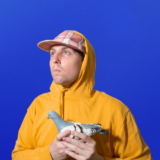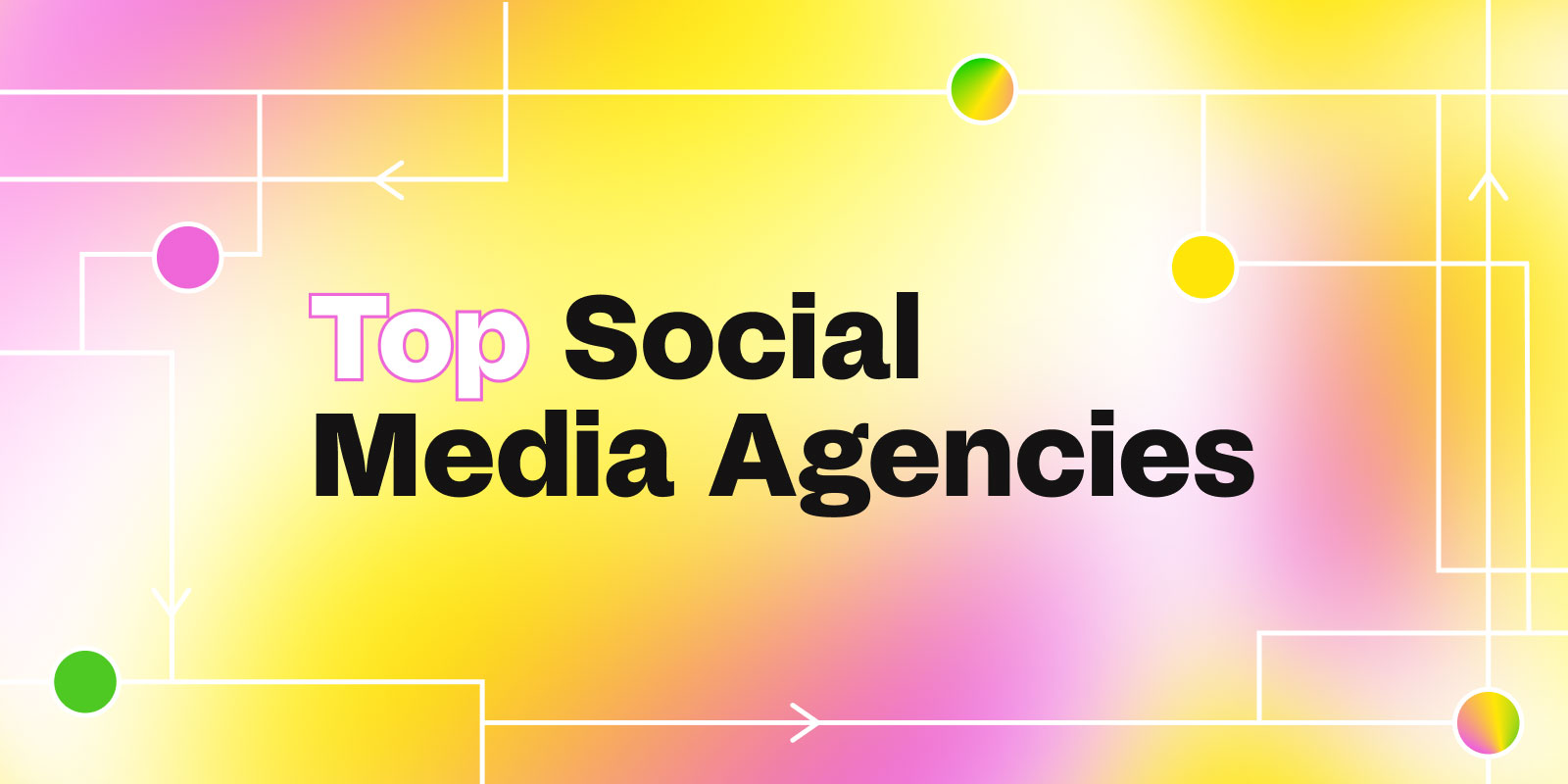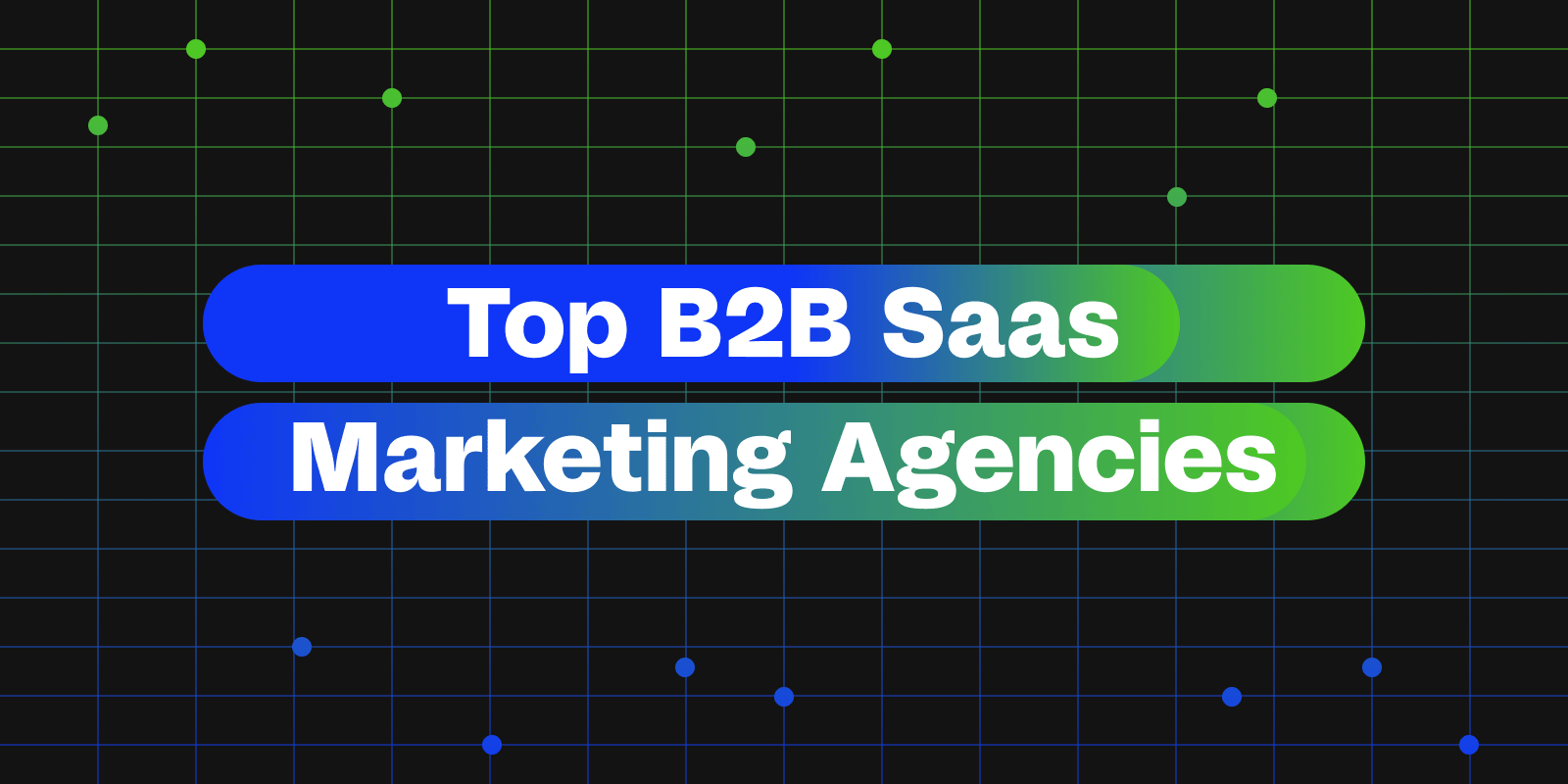We love content, and consider ourselves incredibly rich in this newly emerging content economy. As the economy expands, new opportunities for leveraging content continue to present themselves and are added to our arsenal. With this rapid expansion, however, we realize that it can become overwhelming trying to pick apart the web of content types as it continues to form — so we decided to break it down into a simple list to help guide you through your content creation journey.
The book nerds among us will likely be familiar with the concept of the 7 stories — an idea that is rooted in the works of Jung, and was distilled in 2004 by Christopher Booker (though we swear we had heard it prior to 2004) in his book that is aptly named, “The Seven Basic Plots.” The concept states that all stories can be broken down into 7 pillars:
- Overcoming the monster.
- Rags to riches.
- The quest.
- Voyage and return.
- Comedy.
- Tragedy.
- Rebirth.
Similarly, content can be broken down into its own sets of pillars that, to some degree, mirror these story types and associate themselves with the various steps of the growth funnel — sorry, not sorry that you’ll now be dissecting every piece of content that you see through this lens, but if we have to live our lives like this, then so do you.
- A breakdown of each type of content
- Examples of use cases
- Stages of the funnel that they apply to
Overcoming the monster:
When building a brand, or a product, we often give the advice that in order to understand your audience, you must understand their problems, with your brand or product acting as a solution to those problems or pain points. The archetype of overcoming the monster ties directly into this as it is centered around winning what would otherwise be seen as an impossible fight.
The monster from a brand perspective can take the form of any number of things, whether it be dirty dishes, lack of time to perform a task, cost prohibiting someone from achieving a goal or outcome, or other forms of trouble.
Naturally, in content, these things may be embellished slightly, as exemplified by the ‘as seen on tv’ ads from years past where a person is portrayed doing something fairly mundane but is having an incredibly difficult time doing it without that “one special product.”
It’s entirely possible that the monster is maybe not impossible to fight, and it’s totally fine to recognize this in our content as we maneuver through the current landscape of trust and authenticity — we don’t want to lose authority by presenting something like split ends as a life-threatening ailment that only our product can alleviate since the world of content is full of monsters of different sizes and ferocity.
Let’s take a look at Nike’s “Find Your Greatness” campaign which presented viewers with the idea that the monster was actually their own limitations. We’ve all, at one time or another, felt as though there was something in our way that was impossible to overcome, whether it was a physical ailment, injury, or other form of disadvantage blocking our path to success. Nike took this as an opportunity to frame their products as an accessory (figuratively and literally) to greatness.
One of the most important lessons for any piece of content relating to overcoming the monster is that there be a hero — after all, the monster is not likely to vanquish without some sort of outside force involved. A fairly common tactic, particularly in the branding and marketing landscape, is to frame the user as the hero. In the case of the Nike campaign, the hero is the athlete overcoming the monsters of their disability, which in turn encourages the audience to believe that they too can overcome whatever it is that is in their way, and that Nike is the catalyst to this solution.
Rags to riches.
Traditionally the rags to riches archetype involves someone gaining something, losing it, and then gaining it back again — though depending on the run-time of your content, it may be easiest to cut out the losing it part.
Ultimately, the importance of the rags to riches story is to convey to your audience that someone has done something and that they can do it as well. These types of stories are often seen in case studies, how-to videos, guides, and other forms of edutainment-driven content. If you’ve ever watched a Youtube video with a title, “How I grew my followers to 100k” or come across a Twitter thread that boasts that they grew their account to X number of followers in 3 simple steps that you too can follow — you’ve experienced rags to riches content.
However, these types of stories don’t necessarily have to be equated directly to growth metrics or a career journey and can simply document a transformation over time — the essence of the archetype.
You may be familiar with the meme of, “How it started vs. how it’s going,” but what you may not have realized is that it is really just an oversimplification of the rags to riches archetype disguised as a meme. The meme itself has transcended nearly all platforms and media, being utilized as long-form video, as still images, or even as a TikTok trend.
From a brand perspective, this can be leveraged as an opportunity to showcase a rebrand, or an expansion of your product line if you’re adding new SKUs to your offerings, anything that would suit the concept of the proverbial glow up that is, “rags to riches.”
Take for example the below Tweet from Microsoft showcasing the great leap forward from conference calls to Microsoft Teams. We’re personally Team Zoom, but that doesn’t diminish at all the messaging of the Tweet which clearly showcases the rags to riches journey that we’ve all collectively taken, and that Microsoft is championing through the implementation of new technology — super successful.
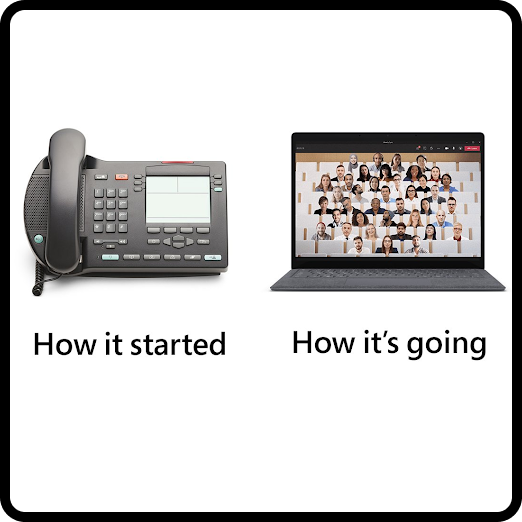
The Quest:
While we wouldn’t necessarily recommend using The Lord of the Rings as your baseline for developing content using the quest archetype, it is the pinnacle of what the quest is all about — reaching a destination, obtaining an object, or achieving a goal which while conquering obstacles along the way.
These content types tend to be more linear, and with multiple stops as the story progresses, with each one signalling some sort of change. Considering this format, there tends to be a lot of content driven by production that falls within this category. As brands selling a product, it can be an extremely compelling way of conveying product value to audiences by pulling back the curtain and showing just exactly how a product gets from point A to point B.
If you’ve been developing products long enough, you’ve likely heard someone say, “I don’t understand why X costs so much.” And that’s a totally valid criticism as most consumers don’t think beyond the immediate value that a product presents to them. As marketers and product people, we understand that in order to bring a product to market there are a ton of hidden costs like research and development, production, shipping, storage, packaging, etc that all ultimately get factored into the retail price once that product hits the market.
Many D2C brands love the quest when it comes to their web content and most, if not all, will have a page dedicated to their product journey. As is true of the D2C model, these brands utilize control of the production process in order to offer consumers higher quality products at more competitive prices.
Direct-to-consumer bedding brand, 10 Grove, leveraged their product journey as a means to convey to their customers the value of their product, and the quality of their offering by cutting out middle-men in their production process in order to avoid the markups that happen at each step of the product journey.
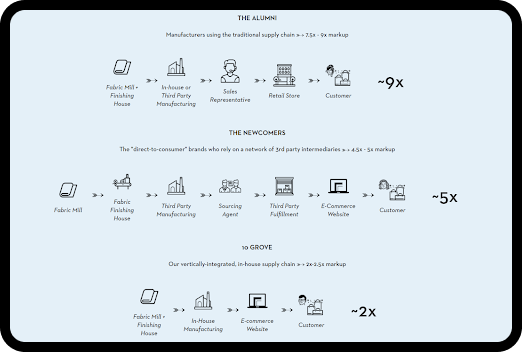
Louis Vuitton also partnered with Leica many years ago to document the process of their master cobblers in making a pair of Louis Vuitton shoes — showing just how involved the process is to make just a single pair of shoes.
While the price tag may still be prohibitive for the majority of the population, it does answer the question to audiences, “Why would a pair of shoes cost so much?” This same approach has been taken by Wired to answer the questions that I’m sure we’ve all asked before, “Why is it so expensive to ship a package?”, “Why did my package take so long to arrive?” and ultimately just to garner some sympathy for package workers by illustrating the complexity of the work that it takes to get a package from one point to another, sometimes in just a matter of hours because, “How difficult could it be?” (They say while refreshing their tracking info to see if their package has arrived).
Voyage and Return:
The OG glows up in content form. As implied, but not necessarily explicitly stated by the archetype name, these content types are all about going somewhere, and coming back all brand new — or at least somehow changed.
You didn’t really think we’d make it through a whole blog post without mentioning UGC, did you? Because UGC is the Queen of the voyage and return-based content, with experiences being the King.
At the root of all voyage and return-based content is a transformative experience, which can either be documented firsthand by the user or narratively portrayed directly by the brand.
These two approaches serve different purposes, with the UGC-driven content typically being leveraged as a means of driving social validation in a very, “Look at what this did for me and imagine what it can do for you” kind of way. Meanwhile, brand-driven content serves as more of a discoverability play with the focus being placed more solely on, “Look at this journey that you could take that you didn’t know about, and all of the benefits it provides.”
Similar to the roots of the archetype that are found in Narnia and other fantastical places, the reality of voyage and return for brands and content creators are based more realistically on travel, leisure, education/edutainment, and vlogging.
Masterclass harnesses this archetype with the way they present their classes across their various content platforms and mediums, selling the audience the idea of not just taking a class (boo, boring, hiss), but going on an educational journey that is guided through masters of their craft, which will, in turn, make you yourself a master of that same thing by the end of the journey — sounds way more fun than “taking a class.”
We did mention UGC though, so let’s talk about Glossier harnessing UGC as a means of presenting their recent store launch in DC. The once D2C beauty brand has made a name for itself in the retail world, carefully crafting the experience of each store as being “transformative” (see where we’re going with this?).
Unsurprisingly, as a mechanism for driving intrigue and interest in the launch of the DC store, they worked alongside creators in order to create content to show off the store, and the life-changing experience that the new store provides for its guests.
Comedy
Traditional comedies aren’t typically slapstick or the current tropes that we’ve become accustomed to considering comedy, as the origins of humour are generally founded in irony rather than what we would consider funny today. Take for example the classic comedy of, Waiting for Godot, where-in the main characters spend the entirety of the story at a train station waiting for Godot — who never arrives. Hilarious.
For the sake of this guide, however, we’ll file comedy under the unexpected and humor, as the same techniques are at play in modern humor and how it is implemented in content. Ultimately, the goal of comedic content is to create something that is unexpected that will stay with the viewer, far beyond them viewing it in order to build brand equity, and of course, encourage sharing.
There are a number of well-known examples of this from a brand perspective as humor has been implemented into advertising since advertising was a thing — particularly with insurance companies for some reason.
Take, for example, the Geico ad which features a couple talking about how much they love their home, except for the animal in the attic, which then cuts to Animal from The Muppets drumming away in their attic. There’s probably not much need for explanation as to why this was unexpected and humorous since most people immediately assume that the couple is speaking about a squirrel or other sort of rodent in the attic — not a muppet.
To explain the “some reason” from earlier as to why insurance companies tend to be the most comedic, there are a few of them.
- The product itself is generally viewed as boring and unmemorable and is something that people would rather not care about and easily forget about.
- Insurance is a business that caters to the unexpected happenings in our lives and the messaging around these content pieces speaks directly to that.
Memes also fall within the comedy realm of content and similarly fall into the unexpected spectrum by nature of them acting as existing content being repurposed in unexpected ways. This is seen in a few different forms in organic content, with the traditional concept of a “meme” being shared on image-driven platforms such as Reddit, Instagram, and Facebook (now Meta). However, the culture of memes is shift with the advent of TikTok as the daily trend, and the humorous repurposing of ‘sounds’ fully fits the structure and qualifications of what a meme is. If you don’t believe us, here’s the dictionary definition:
- an element of a culture or system of behavior that may be considered to be passed from one individual to another by nongenetic means, especially imitation.
So while the below image is absolutely a meme — it’s also content.
So is this video we made which has spawned a number of copycats and is totally in the process of going viral, Mom, don’t tell me that my marketing degree is going to waste!
Ultimately, humor can be used strategically, as in the case of the insurance ads, or as a means of community building, as in the case of our own content, or simply for the sake of being absurd and (hopefully) memorable & shareable — like whatever this is.
Tragedy
While we don’t love fear-driven tactics in content, the reality is that sometimes tragedy can serve as a warning or cautionary tale to those who are consuming a particular piece of content to either sell a solution or help avoid a particular outcome — even if that outcome is a competitors product sometimes.
That said, we’ll go ahead and preface this entire section by saying that tragedies themselves should never be leveraged for profit. We’ll say it again. Tragedies should never be leveraged for profit.
We won’t name names, but there was a recent incident after a particular national tragedy where a particular brand sent a campaign email to inform customers that they were:
A) Sending thoughts and prayers
B) Cancelling their planned holiday sale
C) Offering the same discount, effective immediately, with the code “Hugs”
This unsurprisingly did not sit well with the brand’s audience and caused a major backlash on Twitter and other socials as the brand was accused (and rightfully so) of trying to capitalize on what was essentially a massive tragedy.
We won’t do that.
Tragedy as a means of content is meant to teach audiences and inform them of ways to avoid tragedy by extension.
This is a format that has been the focus of creators on YouTube such as Dhar Man, who has distilled the modern tragedy into a formula for his content. Each episode follows a fairly similar pattern in which:
1. Something bad happens
2. The consequences are revealed
3. A lesson is learned
In its simplest form, the tragedy is generally portrayed as “what not to do” or “lessons I learned so you don’t have to.”
For content creators, these formats can be applied in listicle forms to create step-by-step guides as to what to avoid in order to succeed where other have failed, or as simple, snackable, tips that are presented in one-off series.
Rebirth
If you’ve ever seen the words “new and improved” in a piece of content or in a campaign, then it’s likely you’re familiar with the rebirth story archetype — not to be confused with rags to riches as it’s necessary in rebirth there is a fall from grace, followed by a return to greatness.
Everyone loves a comeback, so it’s unsurprising that this type of content is fairly prevalent across almost any medium and varies from brand narratives to product relaunches.
In recent history, we have to look no further than Abercrombie to witness the rebirth story in action — taking the form of what may be a fairly substantial PR campaign that spans editorial, short-form video, native documentaries, and all sorts of other content types.
For those not familiar, Abercrombie was once something of an elitist brand that didn’t believe in diversity, equity, or inclusion — terms that at the time weren’t at the forefront of most brand strategies — though they have, in recent history, made a resurgence that is being embraced heavily.
The rebirth, however, is not strictly limited to content driven by brands making good for past mistakes but can put the audience in the position of the rebirthed in order to drive audiences to take action. If we look at the components of rebirth, we may see some similarities to our beloved win-back campaigns. It’s in these campaigns that the fallen heroes (in this case the audience) are given a call to action to make their return to grace by way of either engaging in a piece of content, being driven to purchase or other similar action.
The Big Takeaway
While it may not be entirely necessary to look at each and every piece of content that we produce under this particular lens in order to shape it into a masterpiece that will be lauded for generations to come, there is a great deal of value to understanding the psychological drivers behind each and every archetype we covered here.
For each story archetype, there is a specific motivation, which translates directly to a CTA or pain point for the audience that can help to formulate ideas into actionable campaigns by simplifying them to fit these molds.
Now that we’re all content masters, we can take these archetypes and apply them to our upcoming campaigns, social posts, blog content, or email campaigns. And if you ever need help, we’re NoGood for that.
